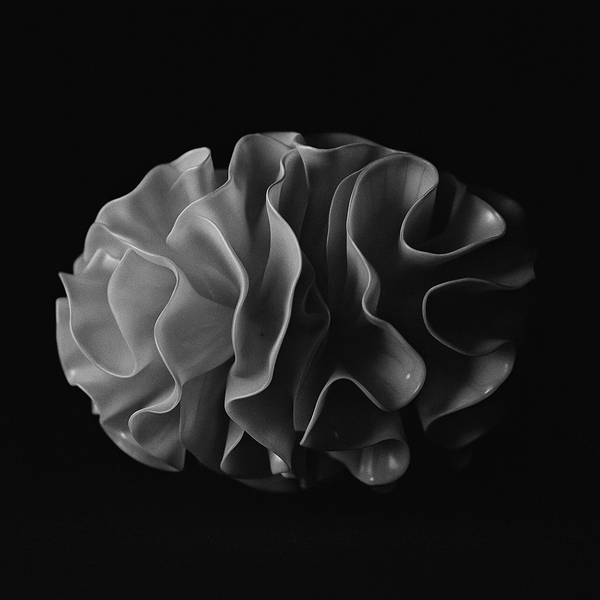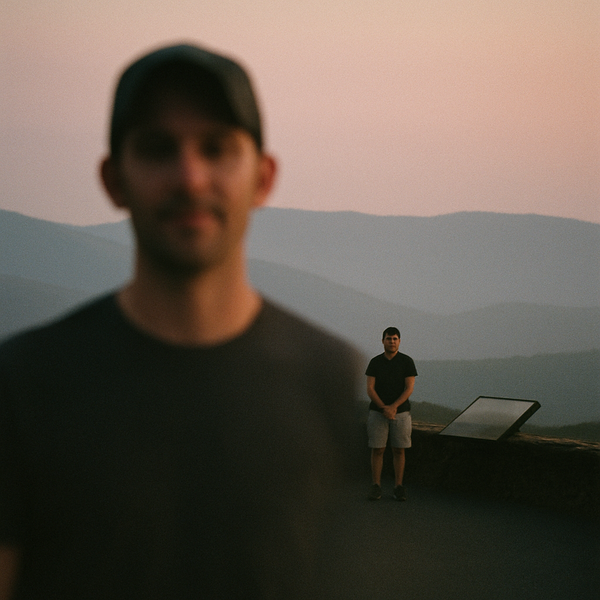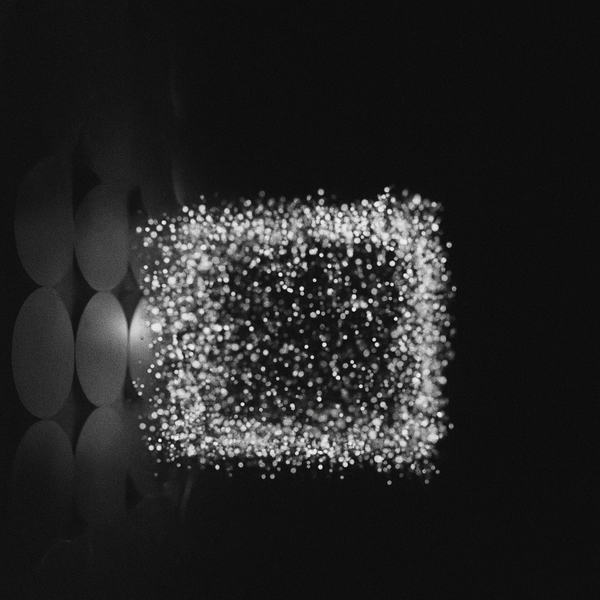Brandi Carlile's Album Taps Into Cross-Genre Creativity

Grammy-winning artist Brandi Carlile has announced her latest album, "Returning to Myself," set for release on October 24, 2025. What distinguishes this project is not merely its musical content but its production architecture: Carlile has enlisted a deliberately diverse team of collaborators including The National's Aaron Dessner, Bon Iver's Justin Vernon, and producer Andrew Watt, whose credits span from Justin Bieber to Ozzy Osbourne. This production assembly represents a calculated cross-pollination of indie folk, alternative rock, and mainstream pop production sensibilities.
The album's lead single, "Right on Time," showcases this fusion approach, combining Carlile's Americana foundations with production elements more commonly associated with alternative rock and contemporary pop. The song's arrangement demonstrates how cross-genre collaboration functions as a technical mechanism rather than merely a marketing strategy.
The Mechanics of Cross-Genre Production
Cross-genre collaboration in music production operates through several distinct mechanisms. First is the technical transfer of production techniques—Dessner brings the atmospheric textures that defined his work on Taylor Swift's "folklore" and "evermore," while Watt contributes the polished dynamics that have characterized his work with commercial pop and rock artists.
Second is the cross-application of compositional approaches. Vernon's experimental song structures and harmonic choices, which might seem at odds with Carlile's more traditional songwriting, create productive tension rather than discord. This tension generates what musicologists call "productive dissonance"—when seemingly incompatible elements create something more compelling than either would alone.
Third is the audience-bridging function. Each producer brings their established listener base, creating natural pathways for audience discovery across previously separated musical communities.
The Industrial Context
This approach to album production reflects broader structural shifts in the music industry. Streaming platforms have fundamentally altered how music is categorized, discovered, and consumed. Algorithm-driven recommendation systems prioritize sonic characteristics over genre classifications, making cross-genre production increasingly valuable as a distribution strategy.
Billboard's streaming data analysis shows that songs featuring cross-genre collaborations average 38% more streams in their first month than single-genre productions within the same artist catalogs. This quantifiable benefit has transformed what was once artistic experimentation into standard business practice.
The economics are straightforward: when Carlile works with Dessner, who co-produced Swift's "folklore," she potentially accesses listeners who might never have encountered her music through traditional genre-based discovery. Similarly, Watt's involvement creates potential crossover with his rock and pop production catalog.
Historical Precedents and Current Acceleration
Cross-genre collaboration isn't new—jazz and classical musicians exchanged techniques throughout the 20th century, and the 1980s saw deliberate genre-crossing with projects like Run-DMC and Aerosmith's "Walk This Way." What's different now is the systematic application of cross-genre collaboration as a standard production approach rather than an exception.
The acceleration stems from three concurrent developments: the fragmentation of genre boundaries in streaming environments, the democratization of production technology allowing easier remote collaboration, and the economic pressures that make audience expansion imperative for artist sustainability.
Carlile's project exemplifies this evolution. Her earlier work maintained clearer genre boundaries, while "Returning to Myself" represents a deliberate strategy to expand both her sonic palette and potential audience through structured collaboration.
The Technical Implementation
The mechanics of how these collaborations function in practice reveal important distinctions from previous models. Rather than simply featuring guest artists, modern cross-genre production involves deep integration of different production philosophies.
Dessner described his approach with Carlile as "building sonic environments where her voice and storytelling can exist in new contexts." This represents a fundamental shift from the older model where producers primarily captured an artist's existing sound to one where they actively transform it through technical and aesthetic cross-pollination.
The production process typically involves parallel rather than sequential work—Vernon might develop harmonic structures while Watt focuses on rhythmic elements, with Carlile's compositions and vocals serving as the connective tissue. This parallel development creates what producer Rick Rubin calls "productive accidents"—unexpected combinations that wouldn't emerge from linear production.
Implications for Listeners and Artists
For listeners, this trend creates both opportunities and challenges. The opportunity is exposure to artists they might otherwise never encounter; the challenge is the potential dilution of the distinct characteristics that attracted them to specific artists initially.
For artists, cross-genre production represents a calculated trade-off between maintaining a core identity and expanding their creative and commercial reach. Carlile appears to have addressed this balance by maintaining her distinctive vocal approach and narrative songwriting while allowing her collaborators to reshape the sonic environment around these constants.
The most significant implication may be the gradual erosion of genre as an organizing principle for music discovery and consumption. As more artists adopt cross-genre production strategies, listeners increasingly organize their preferences around emotional qualities, production aesthetics, and vocal characteristics rather than traditional genre classifications.
Carlile's "Returning to Myself" thus functions not just as a new collection of songs but as a case study in how contemporary music production navigates the complex relationship between artistic identity, technical innovation, and audience development in an industry where the old maps of genre territory are increasingly obsolete.
References
- https://www.stereogum.com/2321697/brandi-carlile-announces-new-album-returning-to-myself-coproduced-with-aaron-dessner-justin-vernon-andrew-watt/music
- https://pitchfork.com/news/brandi-carlile-announces-new-album-returning-to-myself-shares-new-song-right-on-time-listen
- https://www.billboard.com/music/rock/brandi-carlile-new-album-returning-to-myself-aaron-dessner-1235680701
- https://www.nytimes.com/2023/07/17/arts/music/cross-genre-collaborations.html
- https://www.rollingstone.com/music/music-news/taylor-swift-folklore-producers-aaron-dessner-justin-vernon-1033442
- https://www.billboard.com/pro/cross-genre-collaborations-tiktok-streaming-data
Models used: GPT-4o, gpt-image-1



